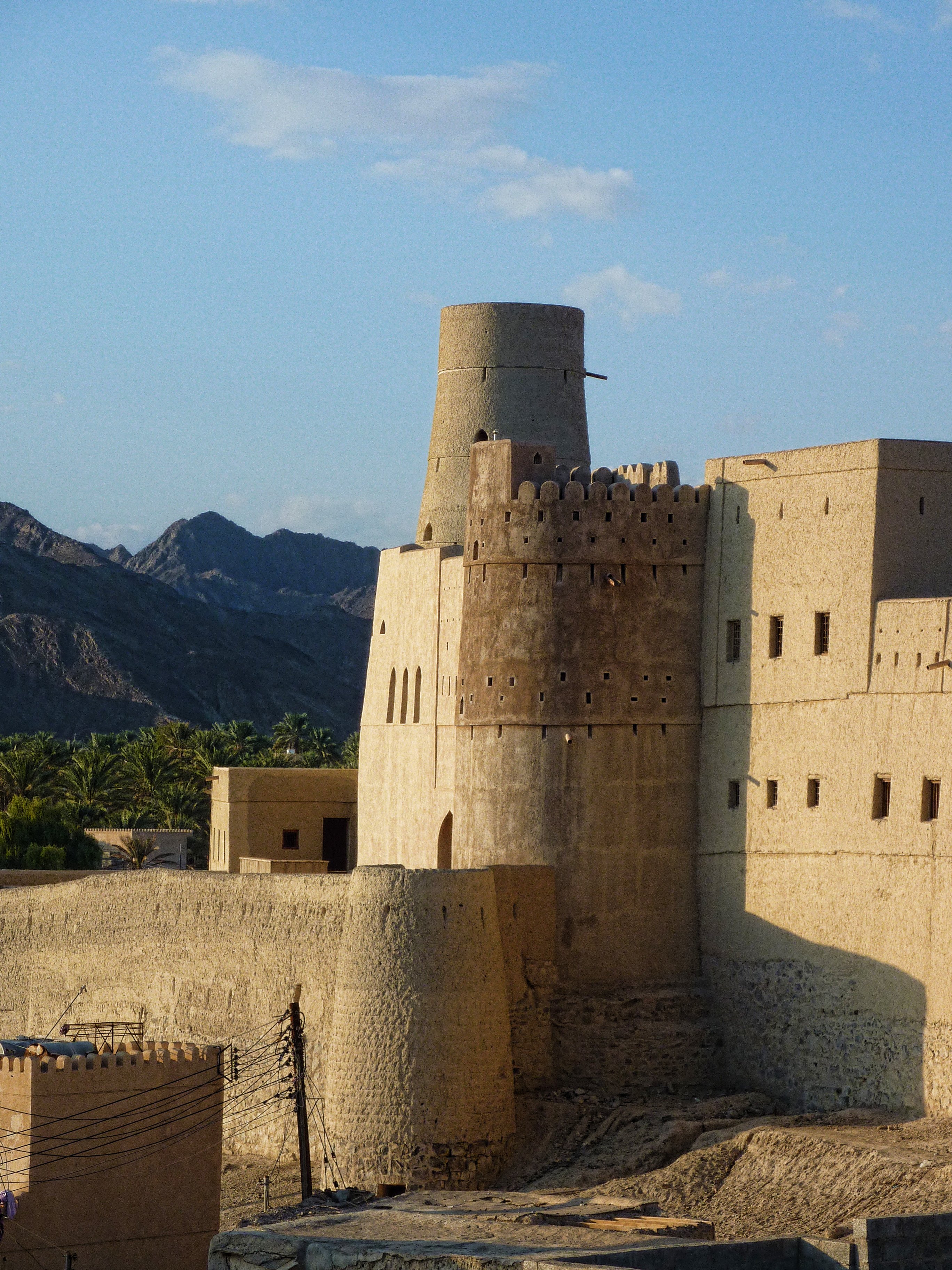🇴🇲map Oman [Overview]

Oman, known in Arabic as Sultanat Oman, sits on the southeastern tip of the Arabian Peninsula with coastlines on both the Arabian Sea and the Gulf of Oman. Its mountains form a rugged spine behind coastal plains, while the Empty Quarter desert stretches to the west and south. The population includes both citizens and a large expatriate workforce drawn from across the Indian Ocean rim. Oman once ruled parts of East Africa, and those maritime ties still echo in family names, cuisine, and trade links that feel as comfortable in Mombasa and Zanzibar as they do in Muscat and Salalah.
Muscat, the capital, blends a graceful port tradition with modern government and business districts. Travel between regions reveals distinct identities: the interior towns around Nizwa preserve an austere architectural style tied to Ibadi traditions, while Dhofar in the south has its own climate and culture and often looks toward neighboring Yemen. Thanks to its location on ancient sea routes, Oman developed a tolerant outlook toward outside influences while staying rooted in tribal organization and Islamic learning. For newcomers, daily life moves at a steady, courteous pace, with hospitality anchored by dates, cardamom-scented coffee, and a ready seat in the majlis.
Economy
Oman’s economy is anchored by energy and logistics, with many people working in oil and gas, government services, construction, and a growing mix of trade, tourism, and fisheries. Small businesses range from family shops to IT services, while fishing and date farming still matter outside the capital area. The state has expanded social support and skills training since the 1970s, which helps locals and long-term residents move into professional roles as the private sector diversifies.
Natural resources include hydrocarbons and fisheries, supported by ports that plug Oman into global shipping lanes across the Indian Ocean. Centuries of maritime trade built commercial links to South Asia and East Africa, and those networks remain visible in the food scene, business partnerships, and expatriate communities. Oman maintains cooperative ties with Gulf neighbors and plays a steady, mediating role in regional affairs, which helps keep its gateways—air, sea, and road—reliably open for travelers and trade.
Culture
Arabic is the dominant language, and you will hear different dialects across regions; English is widely used in business and hospitality, and South Asian languages are common in markets and workplaces. Most citizens identify as Arab and are shaped by Ibadi Islam’s influence, which favors moderation and community cohesion, while Sunni and other Muslim traditions are also present. Communities in Dhofar and families with East African roots add to the country’s texture, and Indian merchant families have contributed to Omani urban life for generations.
Oman’s story stretches from ancient Magan—known for copper and seafaring—to a sultanate that resisted outside control and later unified its interior and coastal regions into the modern state. People take pride in maritime heritage, desert fortresses, and a code of hospitality that features helwa, fresh dates, and strong coffee for guests. The religious calendar centers on Ramadan and the Eid holidays, and national days celebrate the sultanate and milestones of state-building. Festivals in Muscat and Salalah highlight music, traditional dress, and coastal cuisine, offering newcomers an easy way to connect with Omani life.
Raj
Raj is a technology consultant and global mobility specialist originally from Bangalore, India,
with over 14 years of experience in the tech industry and international talent relocation. Having
worked for major technology companies including Infosys, Wipro, and leading global tech firms,
Raj has extensive experience facilitating the relocation of Indian IT professionals to key markets
including Australia, Mauritius, and other Commonwealth nations. His expertise spans both the
technical aspects of skilled worker visa programs and the cultural nuances of adapting to new
markets, particularly for professionals in the technology sector.
Published: 2025-10-04